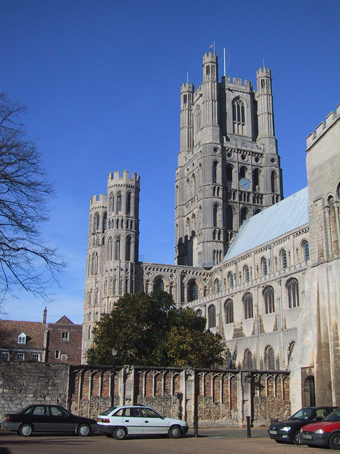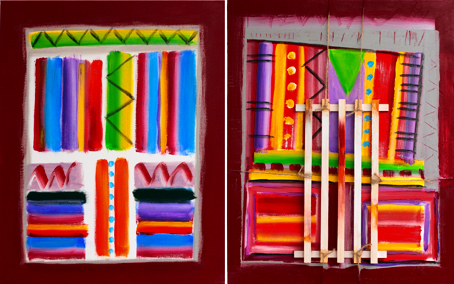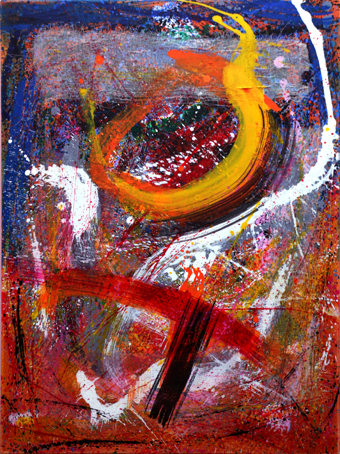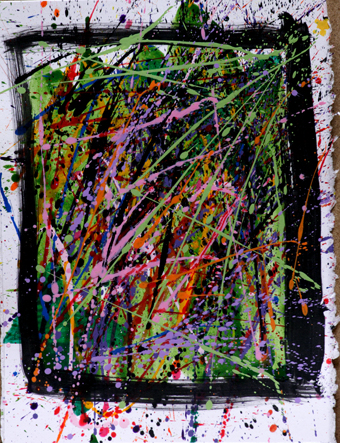ARVON WELLEN
paintings, prints and photographs
THE GREEN MAN
I have no religious interest in the myth of the Green Man, Christian or otherwise but carvings of the Green man have interested me for many years as an important part of our artistic and social heritage.
I first became aware of the ‘Green Man’ when reading Robert Graves ‘Greek Myths’ as part of my preparation for a series of seminars I gave about 30 years ago at Chelsea School of Art on myths and female imagery.
Robert Graves: Greek Myths, Pelican books, 2 volumes 1955 and subsequently reprinted many times
The Origins of the Green Man
There seem to be several conflicting theories concerning the origins of the Green Man and the fact that the term ‘Green Man’ was coined comparatively recently by Lady Raglan in 1939 does not help matters.
Lady Raglan, ‘The Green Man in church architecture’, Folklore Vol.50 1939.
Many mediaeval English and French churches contain images of the Green Man but he is to be found at sites, not just in Europe, but all over the world.
The fact that this image is to be found over such a wide area would suggest that this is an image ingrained deep within the human psyche or, if there is a common source, that it is very ancient indeed - or both.
It is clear that there is very little evidence to substantiate any theory about it’s origin and that we can only build a picture of the development of this image through circumstantial evidence and by intelligent guesswork.
In the simplest terms that are two main directions to research about the Green Man and many variations on these directions. Firstly there is the theory, that has grown out of Sir James George Frazer’s The Golden Bough (1890s) and been fed by Robert Graves. This approximately follows the idea that images such as the Green Man were inherited from a pre Christian age and can be identified with paganism and the regeneration of the ‘king’ and the growing season. In other words the images are closely associated with nature, as you would expect from the foliage that is integrated with the carvings.
This view is strongly opposed by Anthony Weir and James Jarman who argue against any connection with an earlier religion and state that the Green Man image is part of ‘a family of motifs originally intended to depict the Seven Deadly Sins - with the Green Man representing Lust.’
Anthony Weir and James Jerman, Images of Lust - sexual carvings on medieval churches, Batsford 1986.
The authors dismiss all other theories for reasons of lack of evidence, but I cannot find any real evidence for any of the theories and most of them offer some degree of possibility.
We can see from Petrach’s writing that the people of the medieval world feared raw nature and had withdrawn (in a religious sense) into an enclosed world of Christianity. However, there is the possibility that there were other ideas that influenced the majority of the population who would not have associated the natural world with sin and with lust. It is possible, as some authors have suggested, that elements of an earlier religion, or religions, coexisted with early Christianity and were absorbed by it.
James Obelkevich writes, ‘It is hard to avoid the conclusion that paganism was dominant and Christianity recessive in popular religion. Paganism was rarely Christianized, but Christianity was often paganized.’
James Obelkevich, Religion and rural society - South Lindsey 1825-1875, Clarendon, 1976.
PAGE UPDATED 19 / 08 / 2013
Sheela Na Gig
Sheela Na Gigs are stone carvings of female figures usually found on Romanesque churches. They may be found on churches throughout the UK and Ireland as well as in France and Spain.
They are not exclusive to church buildings, there is an example in Haddon Hall Derbyshire and they can also be found on many castles in Ireland.
More details can be found here:
Some authorities suggest that they are pagan figures others that they are symbols of lust used by the Christian church to warn potential sinners. The former, on its own, is certainly not a satisfactory answer but the latter is also difficult to sustain as a reason for their existence. They are often described as 'old women' but this does not always seem to be a satisfactory description.
Some would describe these figures as something similar to graffiti, a mason's joke; but this is hardly sustainable given their location on churches. It is possible of course that there is some truth in all of these theories and that the Sheelas in different locations may be influenced more emphatically by one of these reasons.
There is no known link between the Green Man and the Sheela Na Gig and the motives behind their creation may be quite different.





